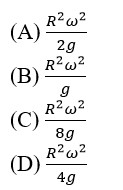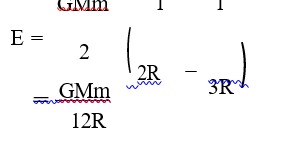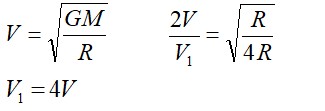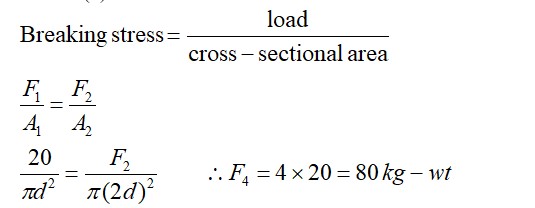The acceleration due to gravity on the earth's surface at the poles is g an and angular velocity of the earth about the axis passing through the pole is ω. An object is weight at the equator and at a height h above the poles by using a spring balance. If the weights are found to be same, then h is : (h << R, where R is the radius of the earth)
The acceleration due to gravity on the earth's surface at the poles is g an and angular velocity of the earth about the axis passing through the pole is ω. An object is weight at the equator and at a height h above the poles by using a spring balance. If the weights are found to be same, then h is : (h << R, where R is the radius of the earth)
Option 1 -
a
Option 2 -
b
Option 3 -
c
Option 4 -
d
-
1 Answer
-
Correct Option - 1
Detailed Solution:g_e = g - Rω²
g? = g - (2gh/R)
Now Rω² = 2gh/R
h = R²ω²/2g
Similar Questions for you
Due to Interference, soap bubble appears coloured.
Value of 'g' increases at the equator when earth suddenly stops rotating.
Taking an Exam? Selecting a College?
Get authentic answers from experts, students and alumni that you won't find anywhere else
Sign Up on ShikshaOn Shiksha, get access to
- 65k Colleges
- 1.2k Exams
- 679k Reviews
- 1800k Answers




